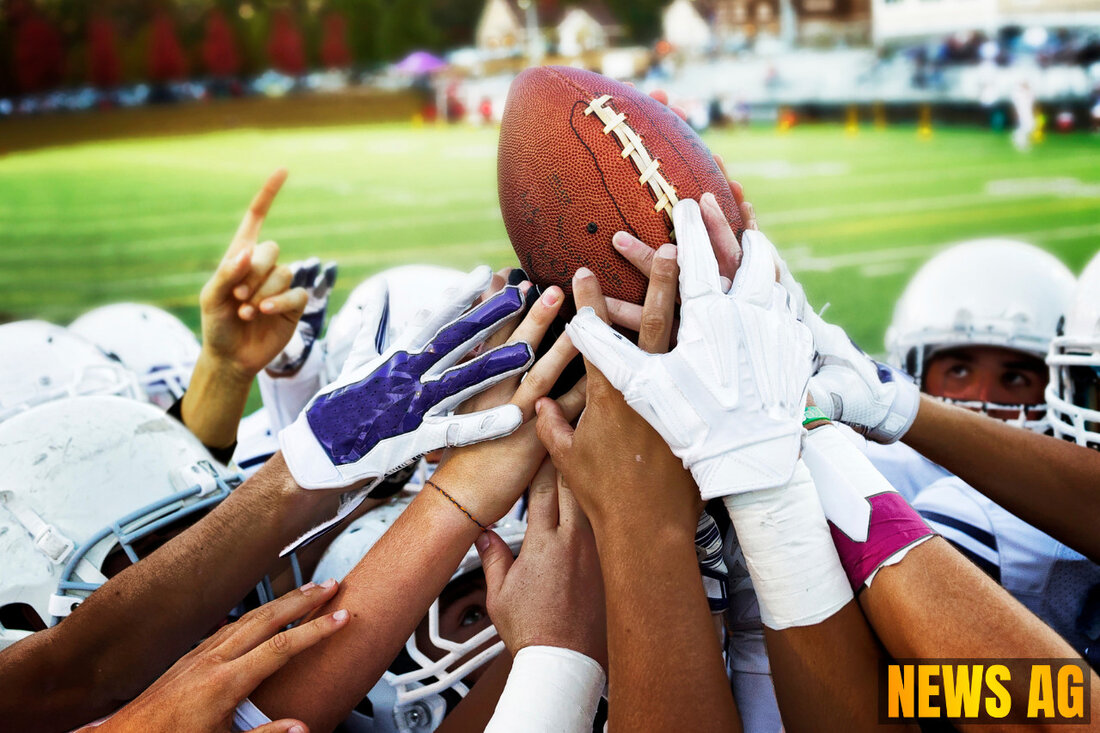FSU Coaches Embrace New Era: Athletes Set for Revenue Windfall!

Alford, United States - The landscape of college athletics is undergoing a seismic shift. Thanks to an important ruling on June 6, 2025, a settlement in the landmark House v. NCAA case paves the way for a new revenue-sharing agreement that allows colleges to directly pay athletes starting July 1. FSU football coach Mike Norvell recently shared some insights about the spring practices while reflecting on how these changes will affect players at Florida State University.
Under this settlement, valued at a whopping $2.8 billion over the next decade, Florida State, as a member of the Atlantic Coast Conference (ACC), will be able to distribute up to $20.5 million to its student-athletes this upcoming year. Notably, $2.5 million of this amount is earmarked for scholarship funds, a move that speaks volumes about FSU’s commitment to supporting its athletes both on and off the field. However, let’s delve into the crux of the revenue sharing: football will receive about 75% of the total share, men’s basketball less than 15%, with women’s basketball and all other sports collectively getting a modest 5% or less, as reported by Tallahassee.com.
The End of Amateurism?
To think that just a few short years ago, the NCAA’s 119-year-old amateurism model stood firmly in place. But with Judge Claudia Wilken’s approval of the House v. NCAA antitrust settlement, everything changes. This settlement will compensate athletes from 2016 onward for missed name, image, and likeness (NIL) opportunities. U.S. District Judge Claudia Wilken’s approval wraps up five years of litigation and nearly a year of proposed discussions, marking a significant turning point for college sports as noted by CBSSports.com.
As it stands, each school can now directly compensate athletes for their contributions, an unprecedented move that seems to open a floodgate for potential new opportunities. Current college athletes can expect to see their compensation not just for on-field performance but also for their overall brand as players. The idea is simple yet profound: make sure that these young athletes can profit in a way that reflects their value in the competitive market.
NIL Agreements and Future Insights
This settlement doesn’t just touch on revenue sharing; it also affects the long-standing conversations around NIL agreements. Starting July 1, the College Sports Commission will oversee contributions and monitor NIL deals—ensuring that athletes receive fair market value for their endorsements while schools can assign between $5,000 and $500,000 for tracking software developed by Deloitte. This is an important step forward, especially for those who fought hard for their rights within the system.
But challenges loom. While the immediate future looks bright for players, the financial burden on universities could lead to cutbacks in other areas, forcing them to reassess spending and resources. What happens next? There’s plenty of room for future discussions, especially regarding Title IX compliance and equitable revenue distribution among genders. Unfortunately, it’s worth noting that international student-athletes might face hurdles with NIL compensation due to restrictive visa regulations—something that calls for urgent attention.
Grandfathered Players and Roster Management
Another key point is how the settlement affects roster limits. Florida State currently has 108 players, exceeding the new limit, but there’s a silver lining. The settlement allows for player grandfathering, enabling those already in the system to complete their eligibility without the looming threat of cuts from the roster. However, looking ahead, football rosters will be capped at 105 players as the NCAA aims to streamline the numbers while accommodating existing talent.
With all these changes taking shape, it’s clear that the NCAA’s landscape is evolving rapidly. Michael Alford, FSU’s vice president and director of athletics, has hailed this as a leap forward, emphasizing the importance of partnerships with student-athletes for a better collegiate experience.
This is truly a new chapter for college sports—a time of considerable change and an opportunity for athletes to capitalize on their talents and efforts like never before. The question now remains: How will these changes reshape the future of college athletics and the experiences of millions of student-athletes?
| Details | |
|---|---|
| Ort | Alford, United States |
| Quellen | |
